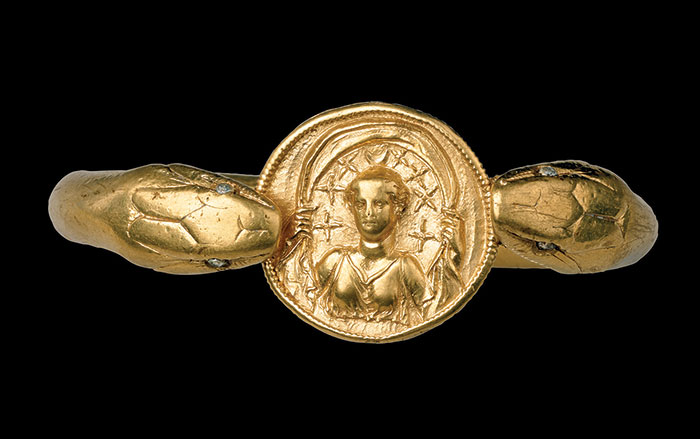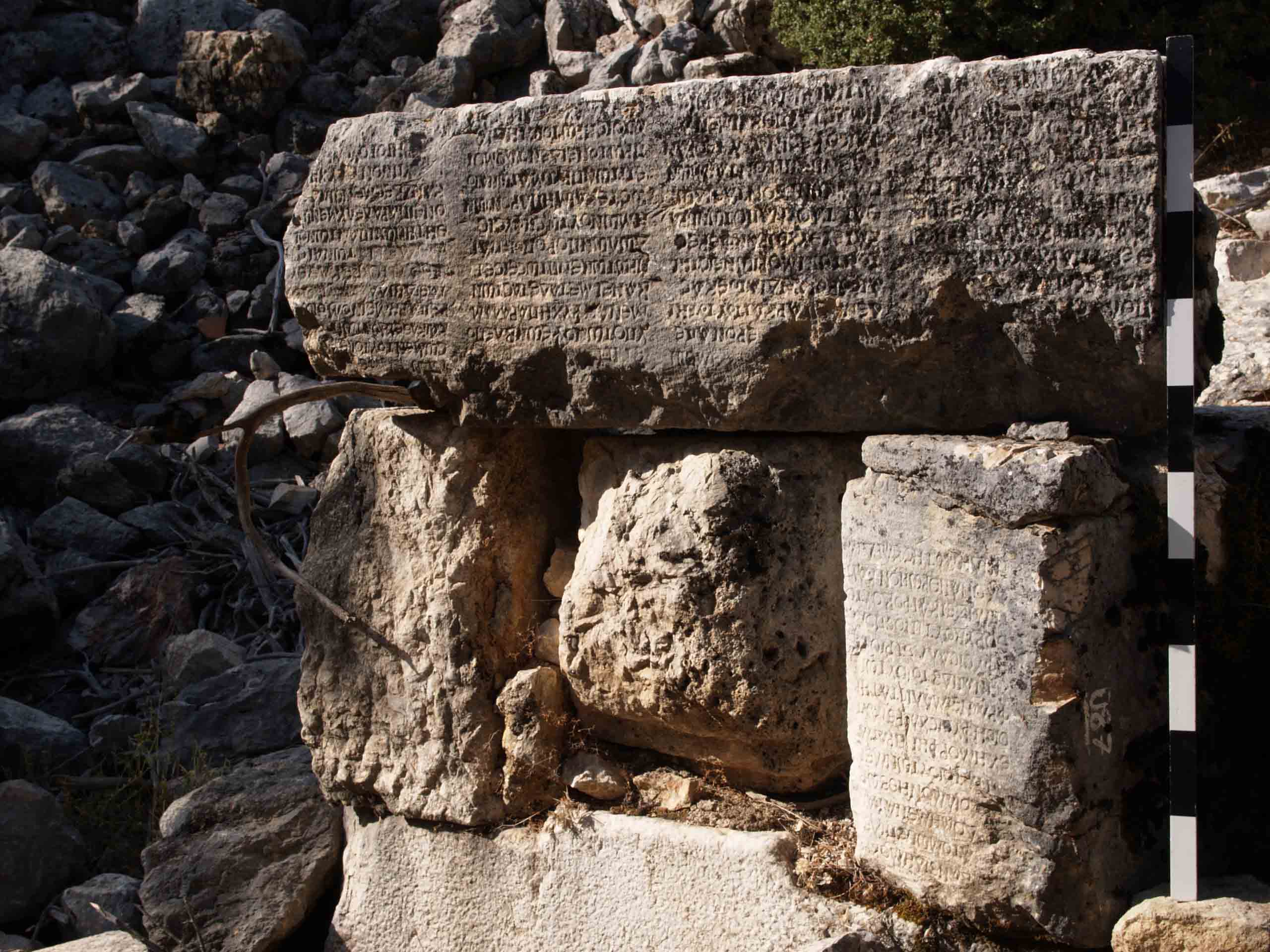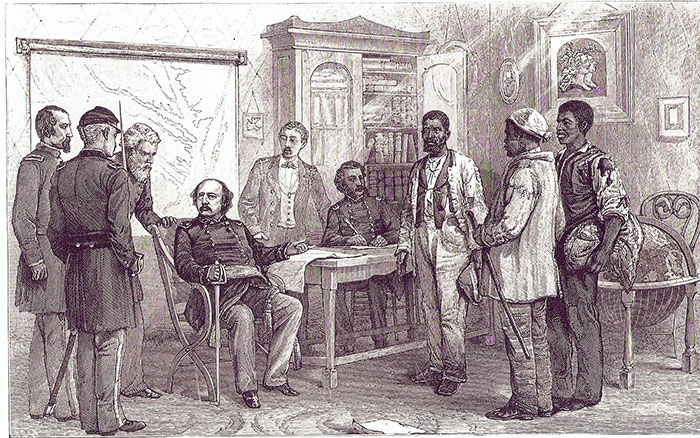
POMPEII, ITALY—Massimo Osanna, the archaeological superintendent of Pompeii, announced that a team made up of archaeologists, computer engineers, radiologists, and orthodontists will use CT scanners to examine the remains of 86 people who died in Pompeii during the eruption of Mount Vesuvius in A.D. 79. In the late nineteenth century, Italian archaeologist Giuseppe Fiorelli developed a technique of plaster casting the remains of the victims of the volcano, but the plaster, while preserving the external details of the bodies that had been preserved in the ash, had prevented modern archaeologists from examining their bones and teeth. “It will reveal much about the victims: their age, sex, what they ate, what diseases they had and what class of society they belonged to. This will be a great step forward in our knowledge of antiquity,” Osanna told The Local, Italy. Orthodontist Elisa Vanacore added that the citizens of Pompeii had very good teeth, probably from eating a diet high in fruits and vegetables. “The initial results also show the high levels of fluorine that are present in the air and water here, near the volcano,” she explained. To read more about Pompeii, go to "Saving the Villa of the Mysteries."











